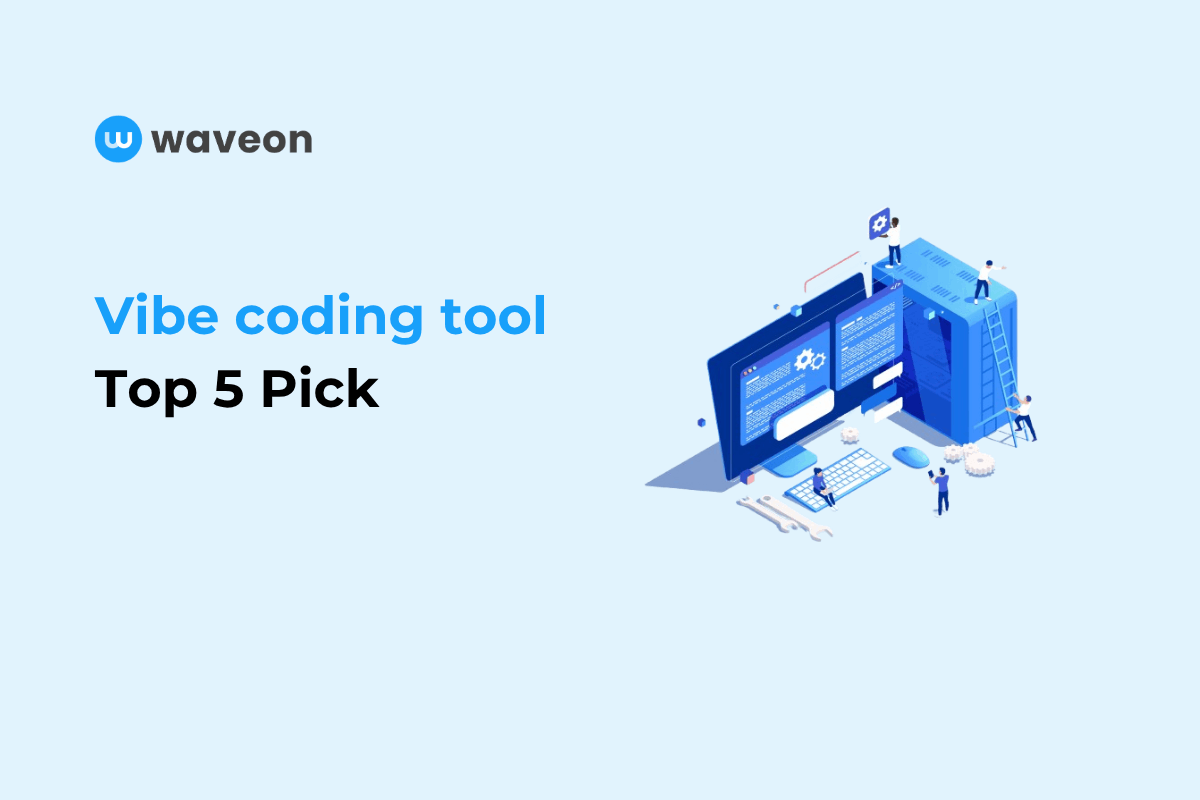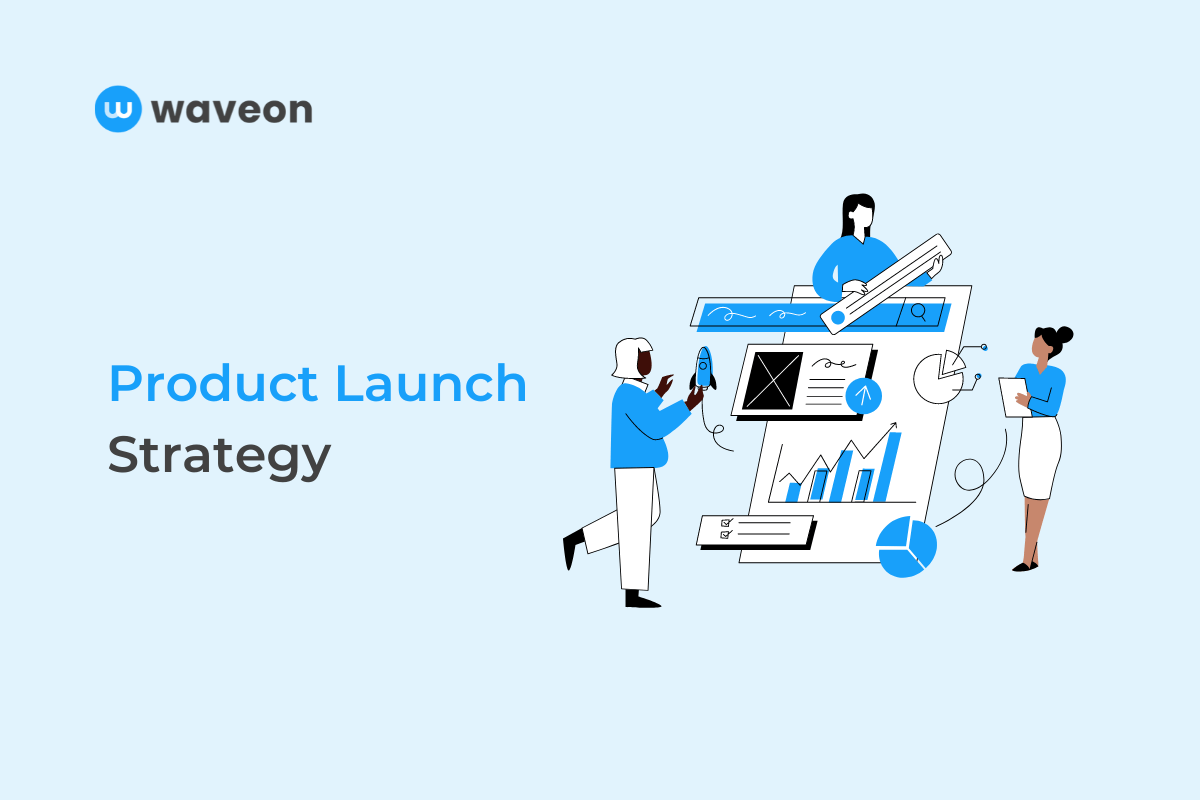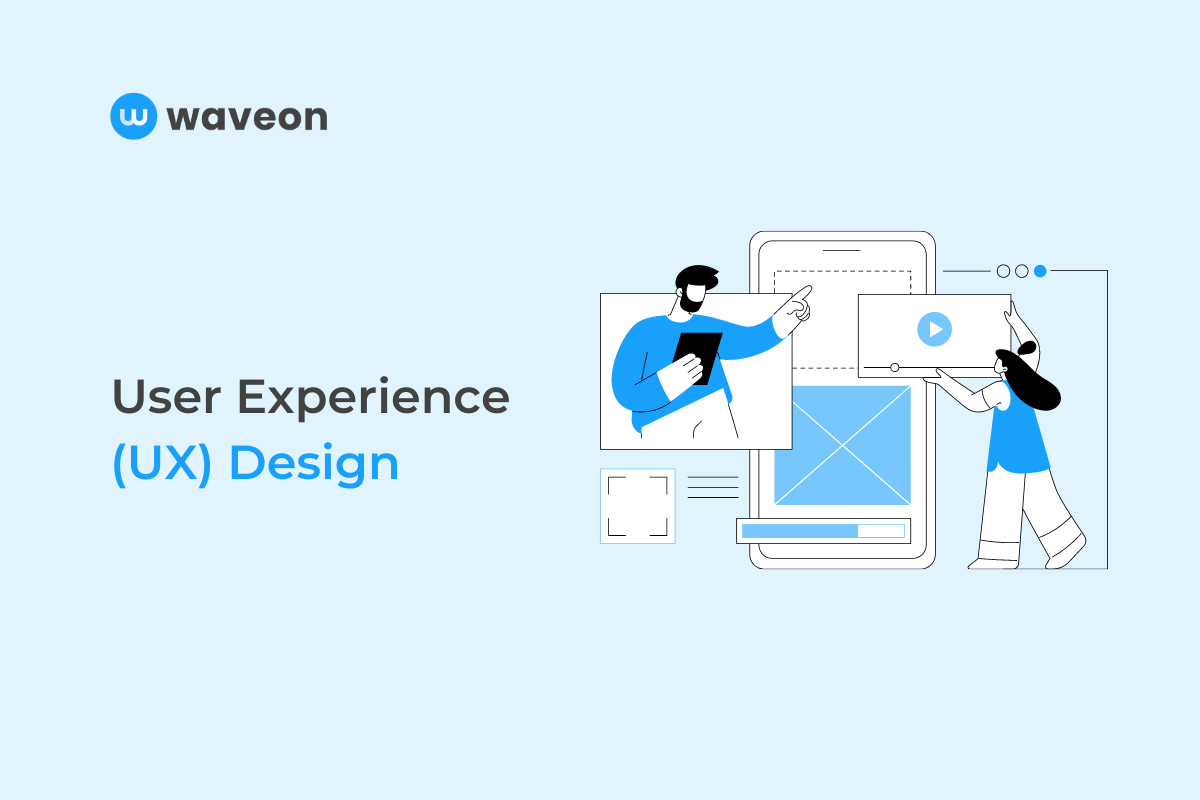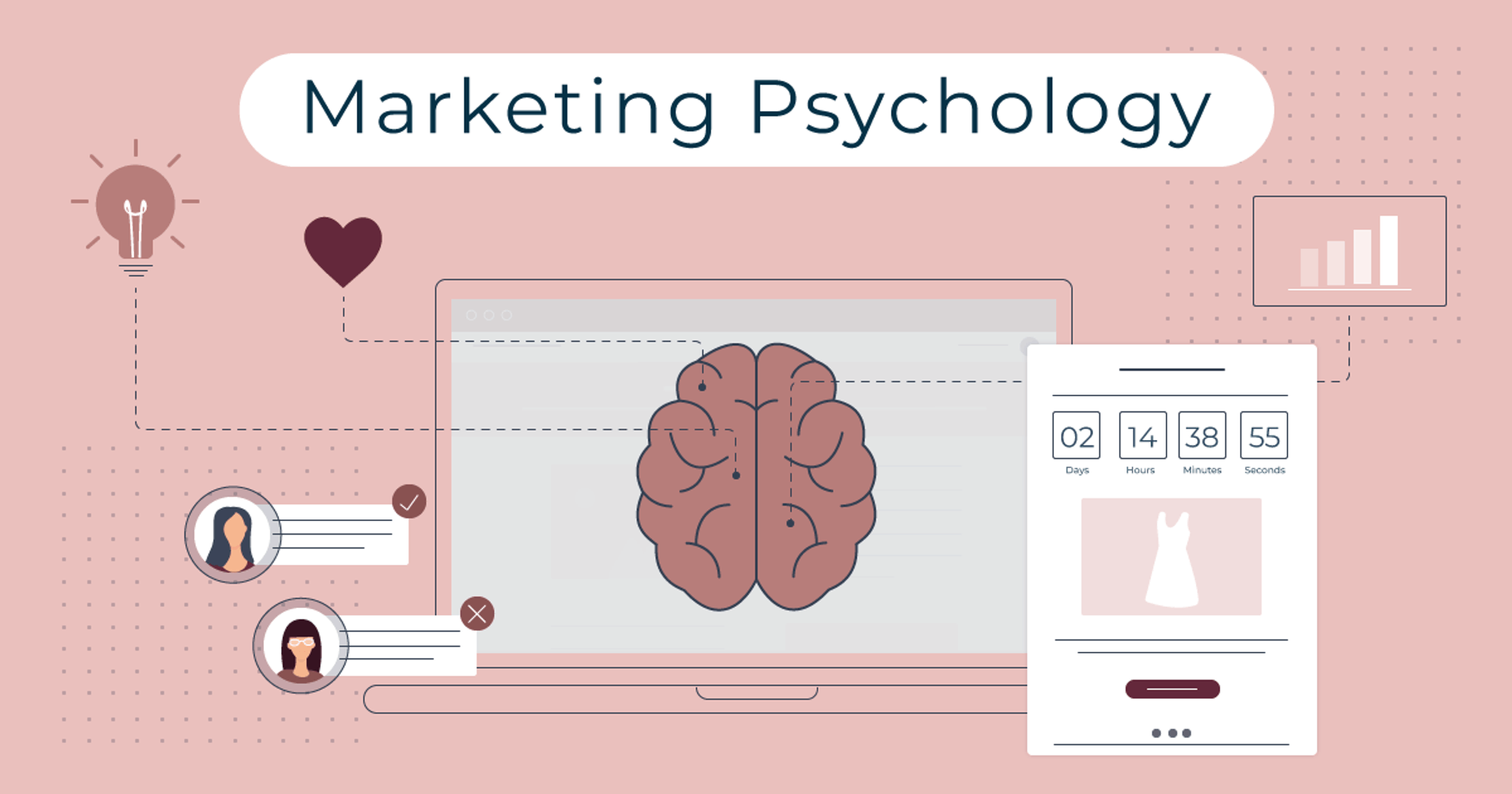Insight
A few methods to gather 10,000 users in a short period and the probability seen through data - Viral Marketing
Waveon Team
4/21/2023
0 min read
To run a business, you need customers. Generally, you may think of advertising. There are many advertising channels, such as Google, YouTube, Facebook, Instagram, Naver Search & Display ads, which you may have heard of and experienced in real life. Why do the majority of companies fail to generate revenue through advertising and eventually go out of business, even though the business is as simple as paying for ads, attracting customers, and selling my products?
There could be many reasons, but one is the low ROAS (Return on Advertising Spend) of well-known channels. If I pay 100 won for advertising, I need to earn more than 100 won from the users, but it's not as easy as it sounds. This is because, in most cases, numerous people enter the advertising market, leading to competition and increased rates.
(On a side note, the recent difficulties many startups face in the investment cold wave can also be attributed to the reliance on advertising channels. This has led to a structure where the customer acquisition cost exceeds the revenue, resulting in deficits and blocked funding.)
However, when reviewing customer acquisition methods, you may find that there are not many options besides advertising. There are conventional methods like SEO, but they take a long time and require consistent investment. So, how can you solve this problem if you have limited resources and need to grow your business in a relatively short period?
Viral Marketing: More effective results compared to advertising costs
How much budget would you need to gather 10,000 customers through advertising? Based on Facebook ad data, if the CPC (Cost per Click) is $1, or about 1,000 won, you would need approximately 10 million won. It's challenging to spend due to not only the high cost but also the fear of unknown outcomes. (In reality, the efficiency drops and rates skyrocket when spending millions of won on limited channels.)
Viral marketing can be an alternative in such situations. Viral marketing spreads through word of mouth from customers. There are a few methods to execute it.
Some Viral Marketing Methods:
Spreading through referral features
This method rewards both the inviter and invitee when someone invites another person. If the reward doesn't cost anything and can be provided within the service, it may be effective. However, it is difficult to sustain if the method involves paying money or providing discount coupons, as it is considered a marketing expense.
A simple yet well-utilized example of providing value within the service is the landing page of Robinhood, a stock trading app.
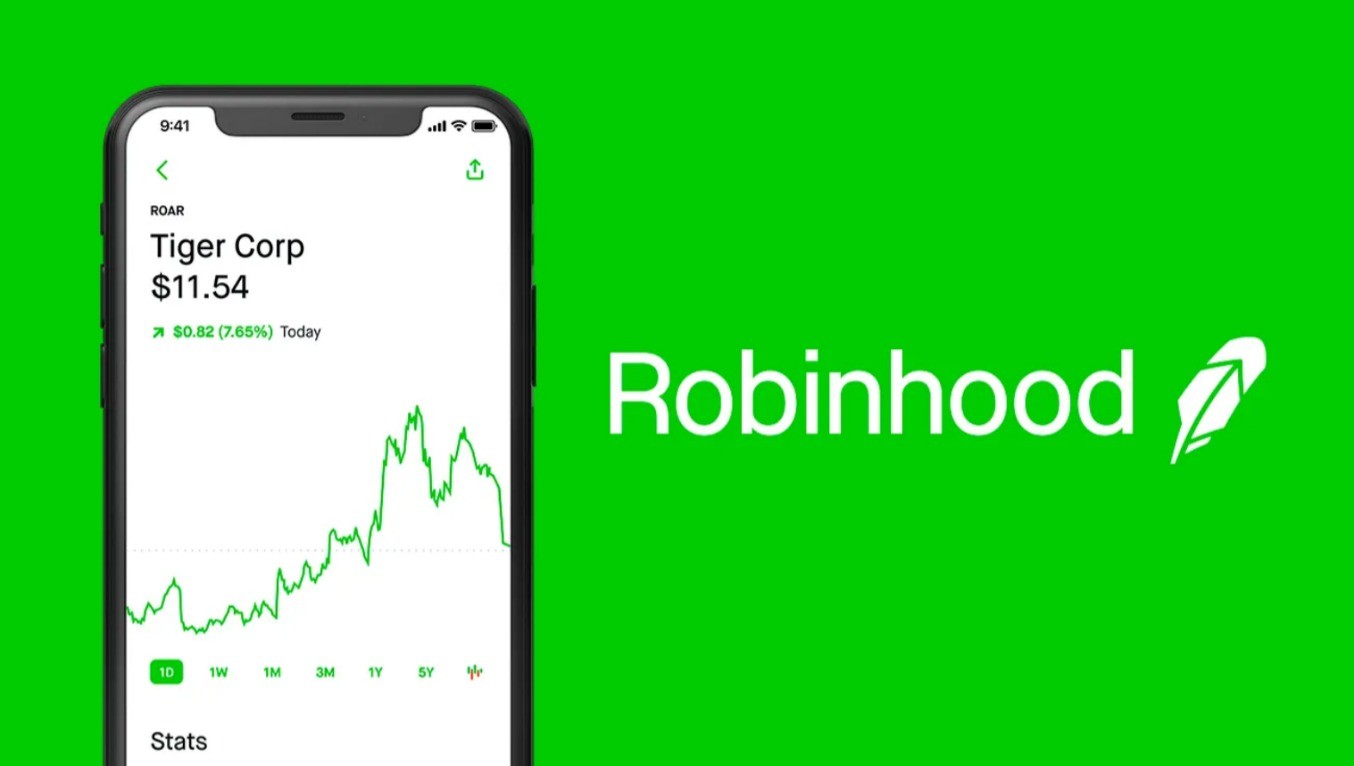
Robinhood gathered a whopping 1 million users through its initial landing page, which was different from traditional landing pages that simply collected emails. When users entered their email, they were assigned a waiting number, and if they shared it with others, their waiting number would decrease. This gamification combined with referral marketing helped them achieve this milestone.
.jpeg)
Encouraging sharing through high-quality articles and video content production
Although it's a basic method, producing high-quality articles and video content for distribution to users is effective. It allows businesses to aim for various effects such as SEO, but it's difficult to see results quickly and requires consistent efforts.
Distributing microservices such as psychological tests
Compared to the previously mentioned methods, psychological tests and product list exploration tools are microservices that show results in a shorter period and are relatively effective. Although these require the development of web-based systems, solutions like Waveon can quickly and easily produce multiple psychological tests without development.
The advantages of microservices like psychological tests and MBTI tests are that they provide value while being differentiated from many previously attempted methods, allowing them to spread quickly among targeted users. Furthermore, their inherent viral attributes and various known techniques can accelerate this spread.
Analyzing the success probability of psychological test viral marketing through Waveon data
Waveon is a no-code tool that allows you to create microservices without development. It enables you to quickly create and distribute trendy content such as psychological tests and MBTI tests. About 10,000 psychological tests were created within six months of service, and they examined the probability of viral effects spreading among users through sampling data.
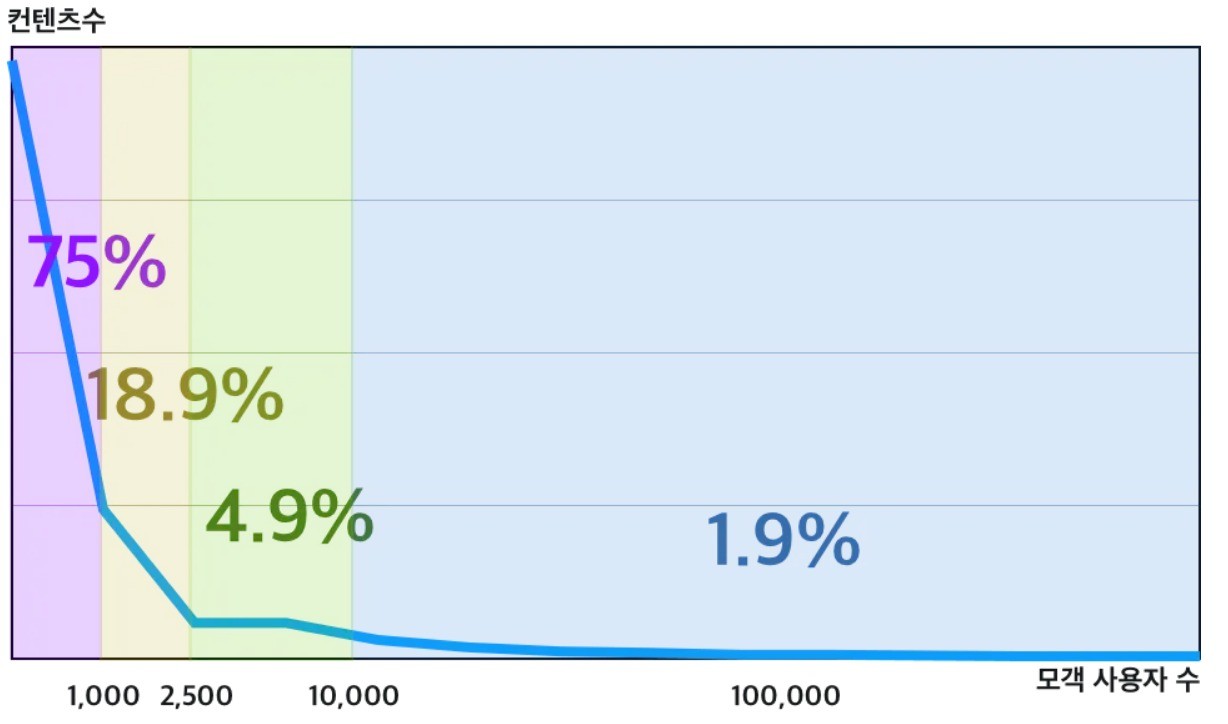
The X-axis of the graph represents the number of users recruited, and the Y-axis indicates the number of contents that recruited that many users. The percentages indicate the corresponding proportions. For example, there is a 75% chance that the content created will attract 0 to 1,000 users.
As you can see from the graph, the probability of success is around 2%. However, the probability of recruiting 1,000 to 10,000 users, which is expected to yield a return of 1 to 10 million won in advertising costs, is quite high at 23.8% (18.9% + 4.9%). Statistically, one in five contents will attract more than 1,000 users.
Using Waveon to create viral content is cost-effective, with the Pro plan costing around 30,000 won and no restrictions on user recruitment even without a plan. Why not give it a try?
Important considerations for viral marketing
If you decide to try viral marketing or psychological test creation, there are a few things to consider.
Timeliness and novelty of content are more important than quality
Analyzing successful cases, it turned out that content quality or design is not as important as whether it's timely and trendy, or whether it offers something new and innovative. Instead of focusing on beautiful design or fancy interactions, create simple content that hasn't been covered before and is related to your business, and do it multiple times.
Don't expect your first content to attract hundreds of thousands or millions of users.
Instead, consider the ROI based on the cost input. Trying the same thing multiple times increases user fatigue, so it's necessary to diversify and transform the content.
create a light test and distribute it to some users to get a feel for it.
Copy the existing psychological test, create a new one, and change the button layout, form, and image placement. Surprisingly, even if the content is similar, users will perceive it differently depending on the presentation format.
Analyze data, make adjustments, and eventually create content that provides a smooth user experience.



